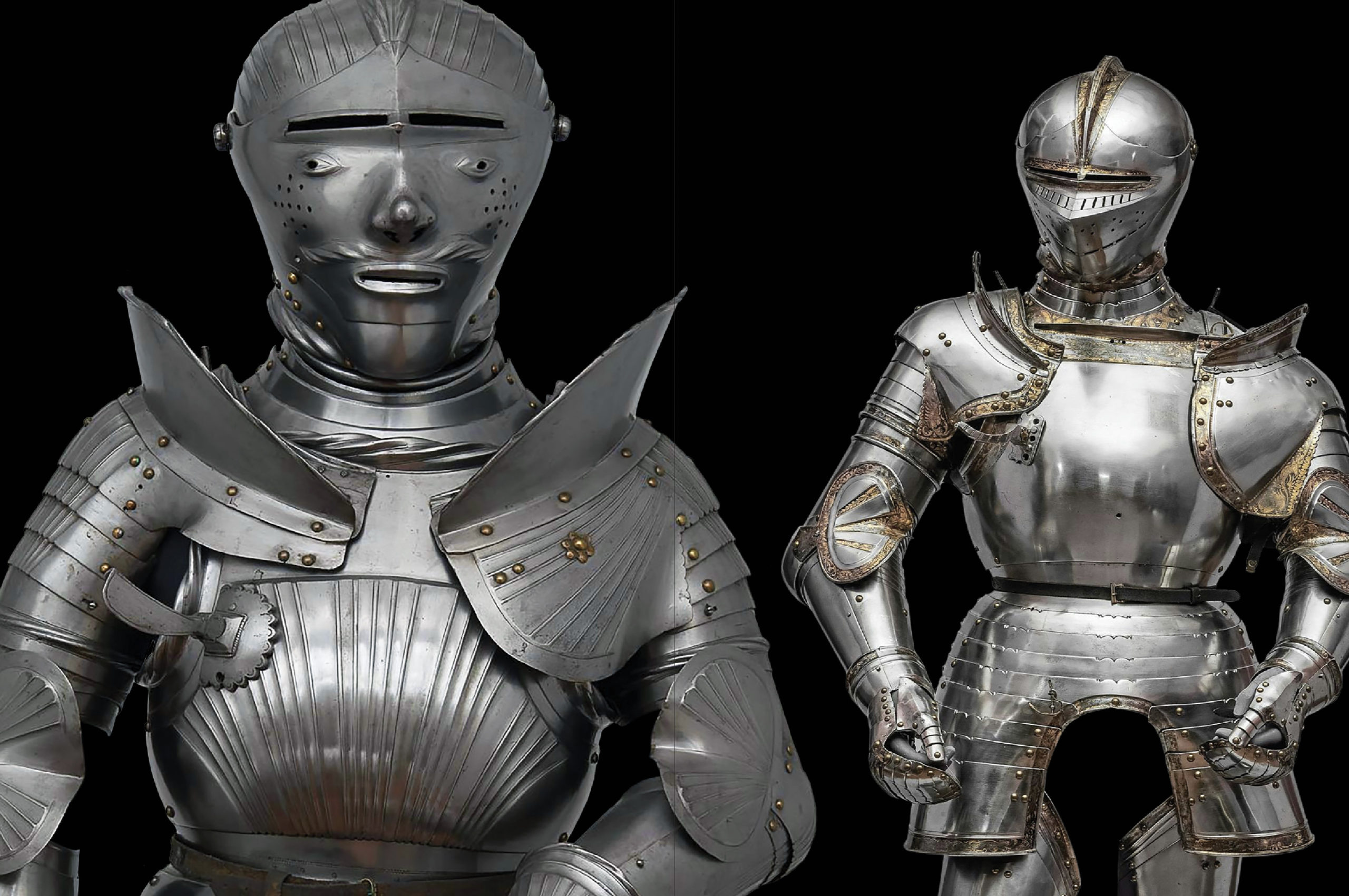Decoding the Medieval Knight: Armor, Warfare, and Legacy

The clang of steel on steel, the thunder of hooves on the battlefield: the image of a medieval knight in armor is instantly recognizable, a powerful symbol of a bygone era. But how much do we really know about the warriors who donned these iconic suits of metal? This deep dive explores the reality behind the romanticized image, examining the evolution of medieval armored knights, their role in society, and the lasting legacy they left behind.
The medieval knight, clad in shining armor, wasn't a sudden invention. The evolution of armored warfare was a gradual process, spanning centuries and influenced by changing technologies and battlefield tactics. Early forms of armor, like chainmail, offered protection while maintaining flexibility. As weaponry advanced, so did armor, evolving into the full plate armor we often associate with the quintessential medieval knight. This transformation reflects a constant push and pull between offensive and defensive capabilities.
The social and military importance of medieval armored knights cannot be overstated. They were the elite warriors of their time, the backbone of feudal armies. Their training began in childhood, instilling not only martial skills but also a code of chivalry that emphasized honor, loyalty, and piety. These armored warriors were more than just soldiers; they were symbols of power, prestige, and the social order. The cost of equipping a knight was substantial, highlighting their status and the significant investment lords made in their military strength.
However, the reality of being a medieval armored knight was far from the glamorous image often portrayed. The weight of the armor, often exceeding 60 pounds, could be incredibly cumbersome, especially in hot weather. Movement was restricted, and the risk of overheating and exhaustion was real. Furthermore, the expense of maintaining the armor and horses, coupled with the constant threat of injury or death in battle, made the life of a medieval armored knight demanding and precarious.
Beyond the battlefield, the medieval knight in full armor played a significant role in shaping the social and political landscape. They were key players in feudal society, holding land and owing allegiance to their lords. Tournaments and jousts, while ostensibly sporting events, served as important training exercises and opportunities for knights to display their prowess and gain recognition. The concept of chivalry, while not always adhered to in practice, provided an idealized framework for knightly conduct and influenced social norms.
The advantages and disadvantages of a fully armored medieval knight are intertwined:
Advantages and Disadvantages
| Advantages | Disadvantages |
|---|---|
| Significant protection against most medieval weapons | Restricted movement and agility |
| Psychological advantage of an imposing figure | Susceptibility to heat exhaustion and fatigue |
| Elevated social status and influence | High cost of armor and maintenance |
FAQ
Q: What was the typical age for a boy to begin knight training?
A: Around seven years old.
Q: What was chainmail made of?
A: Interlocking metal rings.
Q: What is a joust?
A: A mounted combat tournament between two knights.
Q: Could a knight swim in armor?
A: It was extremely difficult and often fatal.
Q: How long did it take to put on a full suit of armor?
A: Around 30 minutes with assistance.
Q: What was the code of chivalry?
A: A set of ideals emphasizing honor, courage, and courtesy.
Q: What is a squire?
A: A young nobleman training to become a knight.
Q: What was the role of a knight in feudal society?
A: To serve as a warrior and uphold the feudal order.
The medieval knight in shining armor remains a figure of fascination, capturing the imagination with tales of bravery, chivalry, and adventure. While the romantic image often overshadows the harsh realities of medieval warfare, studying these armored warriors provides invaluable insights into a pivotal period in history. From the evolution of armor to the complex social dynamics of feudalism, the legacy of the medieval knight continues to resonate today. Understanding the challenges and triumphs of these armored figures allows us to appreciate the complexity of their world and the enduring impact they had on shaping our own.
The unsung hero your rav4s air filter and its vital part number
Exploring female sexuality a look at nancy fridays women on top
Unlocking birthday bliss crafting perfect greetings













